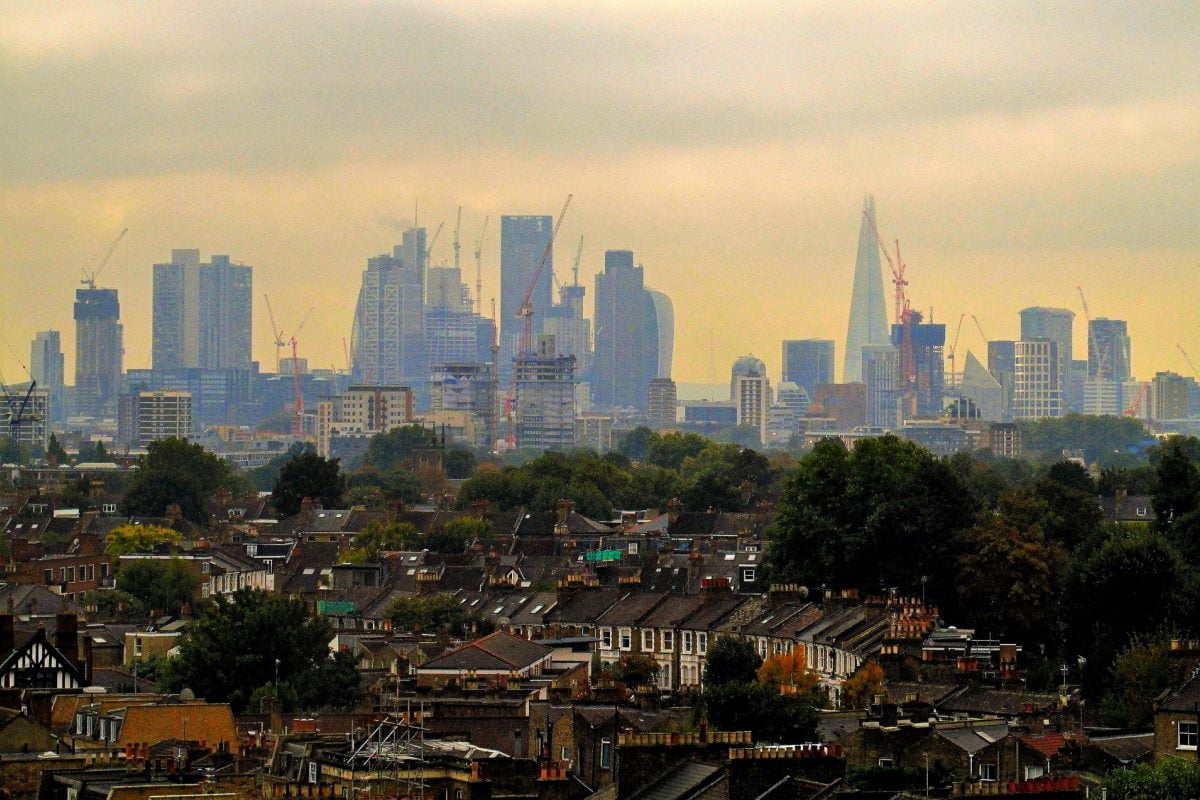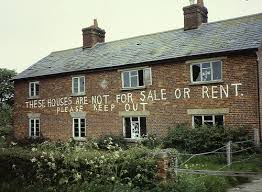With millions struggling to afford their rent, and most young people giving up all hope of owning a home, Keir Starmer has attempted to tap into the issue of housing for electoral appeal.
The ‘opposition’ leader has vowed to “back the builders, not the blockers”, with promises that a Labour government would push for more homes to be constructed on green-belt land. He has also toyed with the idea of bringing back housing targets.
Starmer has blamed the Tories and their ‘NIMBYism’ (Not In My Back Yard) for worsening the housing crisis by blocking development in rural areas, which typically vote Conservative.
In response, Rishi Sunak has doubled down on the Tories’ commitment to protect the green belt and move away from official targets for house building.
But are NIMBYism, planning rules, and environmental regulations really responsible for the lack of affordable housing in Britain?
Labour will back the builders, not the blockers.
We’ll reform our planning system to build houses, build national infrastructure projects and grow our economy. pic.twitter.com/eTPS30ek0l
— Keir Starmer (@Keir_Starmer) May 18, 2023
Fears and divisions
It is clear that, with the next election in sight, Starmer is cynically searching for votes amongst young renters and first-time buyers, for whom housing is a major concern. After all, not so long ago, the Labour leader was openly siding with UK landlords against tenants.
In any case, instead of solving the housing crisis, Labour’s latest policy announcement plays right into the hands of the Tories, who have been able to whip up a generational divide over the issue, by preying on the fears of affluent homeowners in rural parts of the country.
One such area at the centre of this debate is the Metropolitan Green Belt in the south east of England. Introduced in the mid-20th century in a bid to prevent urban sprawl, it now covers an area approximately three times the size of London.
The Home Builders Federation has estimated that 140,000 homes could be built in London’s periphery, if just 1% of the capital’s green belt was developed.
But a section of residents in these home-county towns and villages – fired up by fear-mongering and culture-war rhetoric – are worried that they will be engulfed by London, and see their leafy suburbs turned into a crime-ridden, concrete jungle.
Others fret about more valid concerns, such as the environmental impact of expanding cities into the green belt.
These anxieties have allowed the Tories – alongside their electoral rivals in these areas, including the Lib Dems and Greens – to focus their campaigns on protecting green-belt homeowners. This was a dominant theme in the recent local elections.
Red herring

Ultimately, however, the question of whether to construct new houses in the green belt or on ‘brownfield’ sites in urban locations is a false dichotomy; a red herring, designed to whip up a culture war, and distract people from the real issue at hand.
Even if planning permission to build on the green belt was granted en masse tomorrow, would this really result in thousands of affordable, quality council houses being constructed?
Of course not. It would result in thousands of unaffordable luxury properties being built, aimed at those who already have money: wealthy folk looking to upgrade or buy a second (or third) home; investors looking to expand their property portfolios; landlords hoping to charge extortionate rents.
How do we know this? Because there is no shortage of new housing developments in cities like London, Manchester, and Birmingham. The problem is that they are all completely unaffordable for the average person.
In fact, these properties are not being built for their nominal purpose of housing people, but first and foremost for the purpose of speculation – that is, to line the pockets of the bankers and developers.
After all, capitalism is a system based on private ownership and production for ever-greater profits, not for satisfying the needs of the working class or wider society.
This is why Starmer’s announcement ultimately rings hollow. He is happy to posture about the green belt and NIMBYism in order to attack the Tories. But he has conveniently ignored the most important question: who owns and controls housing, land, and the construction sector?
Limits of the market
The fact is, the scale of construction required cannot be achieved as long as the land and property developers remain in private hands.
The last time a major crash programme of house building was carried out in Britain was under the post-war Labour government. Under pressure from the working class, the state took the construction industry into its own hands, in order to deliver millions of new homes.
But this concession was clawed back under Thatcher, who sold off local authorities’ stocks of council housing, and loosened regulations to the benefit of landlords and developers.
In the process, Britain was transformed into a get-rich-quick rentier economy, reliant upon speculation and an inflated property market.
This is why private developers have always been averse to building ‘too many’ houses; and why these fat-cats sit on swathes of unused idle land: not because the demand isn’t there, but because a massive boost to the supply of dwellings would see prices fall, damaging their profits.
A mass programme of house building would deflate the housing market, already teetering on the edge of a downturn, and risk bursting the bubble, with disastrous consequences for the wider debt-ridden UK economy.
It turns out, then, the capitalists aren’t huge fans of the wonders of the ‘free’ market after all!
For a socialist housing programme!

Labour’s announcement to build on the green belt and loosen regulations, ultimately, will not solve the housing crisis. Only bold socialist policies can address the misery and destitution facing millions of people across the country.
The truth is, new housing and infrastructure could easily be built in both urban and rural areas, in a sustainable and harmonious way. In principle, there is no contradiction between environmental protection and providing more affordable housing. The problem lies with capitalism and the profit system.
For starters, according to official figures, there are over 250,000 properties in England alone that are classed as long-term empty homes.
These should be immediately requisitioned from investors, and brought under public ownership and democratic control – along with the housing stock of the big landlords, management firms, and housing associations.
Furthermore, to genuinely solve the housing crisis, we should nationalise the banks, land, and the major construction companies and property developers, in order to implement a crash programme of house building, and to bring existing homes up to a decent standard.
On this basis, under a rational socialist plan designed to meet ordinary people’s needs, millions of new quality council houses could be built; parasitic profiteering and speculation could be eliminated; and a decent home could be guaranteed to everyone.






